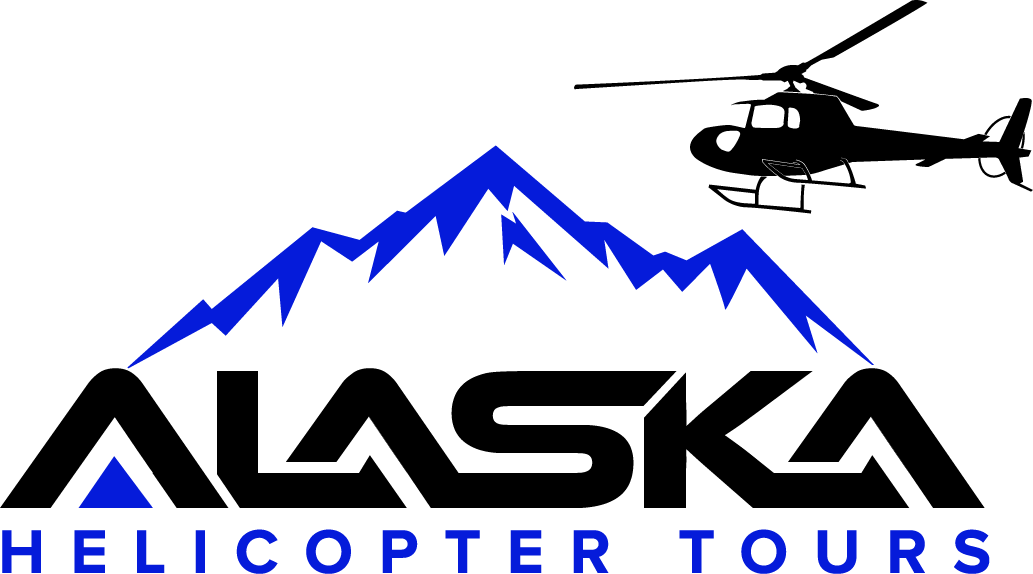Aerial Photography Tips
- chad1265
- Sep 27, 2021
- 3 min read
Updated: Sep 17, 2024

Sure it’s fun to photograph with a drone. But do you know what’s even more fun? Being like a drone yourself. Like in a helicopter. Especially, one that’s flying over the incomparable Alaska landscape.
Apart from the experience itself, there are some fantastic advantages to getting your camera up in the air by helicopter. For one thing, you can change focal lengths, including the cockpit and landscape in one shot with a wider angle lens for a great storytelling perspective, or zoom in on an animal or landscape feature below with a longer lens.

And you can cover more ground. A helicopter can go far further than a drone, easily covering alpine, glacial, coastal, and riparian zones in one trip. And then there’s the access a helicopter provides. Imagine hovering in front of a 300-foot wall of blue ice, or landing on a glacier for a hike across snow that fell centuries ago, hearing nothing but the breeze and tasting clear, cold water from crystalline brooks cutting across the surface. There is no substitute for being there yourself.
So if booking an Alaska helicopter flight for photography is in your plans, consider these following tips to maximize your experience and image quality.
Type of Tour

Photography exclusive, private helicopter flights are available. For an additional fee, you can request a door-off tour, and enjoy unobstructed views of the landscape below. But even in summer, be prepared for a chilly flight. You’ll need to layer up and make sure there is nothing on your person that can come loose and fly out, like sunglasses, keys, cell phone, etc. Rest assured though, even with the door on, it’s possible to get quality shots. More on that below...
A tour with a glacier landing will provide an opportunity to capture this awesome subject from a variety of vantage points and perspectives.

For an action-packed, photographic adventure, consider a glacier dogsled tour. Throughout the summer months, a team of dogs provided by an Iditarod Trail Sled Dog Race champion musher, such as Dallas Seavey, is camped out on the summit of an alpine glacier. Not only can you photographic the activity of Alaska’s first form of transportation, but you can take a sled ride yourself — and meet puppies!
Shooting Recommendations
The window of a helicopter can work like a polarizing filter, deepening the richness of colors in the landscape, just be mindful of reflection on the window glass, changing the angle of the camera whenever it shows up. Also be mindful of not touching the glass with your lens, as it scratches easily, which displeases the operator.
For more variety of dynamic and compelling images that capture the entire experience, including the cockpit and helicopter controls along with the scenery below, bring a lens or lenses that range from extremely wide-angle to zoom. That means at least 35mm or wider on a full-frame and 24mm or wider on a crop sensor. Ideally, that number would dip down into the teens for ultra-wide-angle.

Don’t despair if you’ve got the rear seat! This means you can really capitalize on those journalistic-style wide-angle cockpit shots. If you are really worried about your seat on the trip, request a private tour or come with companions who don’t mind letting you choose your seat.
To prevent motion blur, keep your shutter speed at about double the number of your focal length or more. For instance, if you are shooting at 50mm, make sure the shutter speed is at least 1/100th of a second.

You might try shooting in manual mode, setting a shutter speed that is double your longest focal length and an aperture in the mid-range, such as f/8 or f/11, and then setting automatic ISO. This way, you won’t end up fiddling with the camera settings so much, running the risk of missing something good.
Use spot-focus to ensure the sharpest area of the image is where you intend it to be.
Make sure you know where all the aforementioned settings are on your camera BEFORE you go on your trip. The more familiar you are with your camera, the better. Like playing an instrument, it takes practice.
If you are just too busy before your trip to learn your camera well, rest easy, there are local tour companies like Alaska Photo Treks, who specialize in teaching photography basics while on a fun and affordable half-day tour in the area. In fact, they will set you up for success on your other upcoming Alaska adventures, whether it’s a bear-viewing trip, day cruise, or a helicopter tour!
Alaska Helicopter Tours operates year-round with trips from Anchorage. Adventures include glacier tours, summer glacier dog sledding, winter snowshoeing, hiking, photography, and Alaska adventure tours.




Commentaires